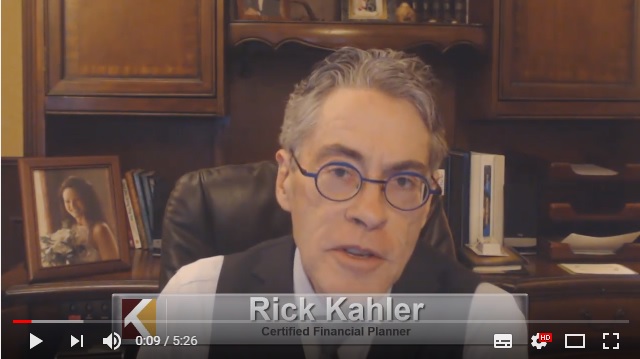 Making sound money decisions is fundamental to financial and emotional wellness. One component of that decision-making is applying logic and rationality to a set of known facts.
Making sound money decisions is fundamental to financial and emotional wellness. One component of that decision-making is applying logic and rationality to a set of known facts.
Easy, right? Not necessarily.
Take, for example, the recent dramatic drops in the market. Suppose you have read the research and listened to financial experts who say the worst thing investors can do is to sell their stocks in a market panic. They advise developing a philosophy and sticking to it in times of turbulence. They say skip the TV financial news and don’t look at your monthly statements.
If you apply logic and rationality, you do just that. You already have created a well-diversified portfolio. You promise yourself not to panic when the markets turn down, reminding yourself that you are a long-term investor. You vow not to look at your brokerage statements and to ignore the financial press until the crisis is over.
This works well, as long as our emotional and logical brains are in sync with one another. The problem is that, when it comes to money, they rarely are. Research shows that 90% of money decisions are made strictly emotionally. To be clear, the odds suggest that not every emotional money decision is a poor one. However, the most consistently successful money decisions have both emotional and logical components.
While I don’t have research on what percent of all money decisions probably don’t serve us well, we do know that 75% of Americans would need to sell something to come up with $1,000. Most of us live hand to mouth, having no significant emergency reserve, much less a nest egg of investments saved for retirement. This strongly suggests that the majority of our money decisions are made emotionally, with the rational mind off-line. The logical process described above for creating investment health is hard for most people and almost impossible for some.
How can we make better money decisions? Decades of learning about the brain and money psychology has taught me that it requires a transformative process that integrates our rational thinking and our emotions. One of the strongest metaphors for that process is the transformation of Ebenezer Scrooge that Charles Dickens describes in A Christmas Carol.
The ghosts who led Scrooge to explore his past, present, and future helped him become aware of his emotions, separating them from his thoughts. This freed him to be fully present in the here and now. Only in this state could he absorb the knowledge of how his actions were affecting him and those around him.
To apply this to times when markets are plummeting, an important first step is to acknowledge any feelings you are experiencing, rather than ignore them as if they don’t exist. Disregarding them can bottle them up and set the stage for an explosion later. That overwhelming emotional flood may result in panicking and selling out your well designed portfolio at precisely the wrong time.
Feelings are sensations that can be expressed in one word like, fear, desperation, or hopelessness. Thoughts are statements about feelings, like “I feel like the markets are going to go to zero and I will lose everything.”
To make sound investment decisions we really need to become present, to be aware of our emotions but not controlled by them. This allows us to make decisions more objectively, with logic and rationality that respect and acknowledge our emotional as well as practical needs.
That integration isn’t easy; it may need support from a counselor or financial therapist. Achieving it helps our emotions support strong financial decisions rather than sabotage them. It is the key that unlocks the door to financial wellness.
The above blog is by Rick Kahler originally published in Rick Kahler’s Blog
About the author: Rick Kahler, Certified Financial Planner™, MS, ChFC, CCIM, is president & founder of Kahler Financial Group and co-founder of the Healing Money Issues Workshop. To know more about him, visit his blog: http://www.financialawakenings.com/







0 Comments